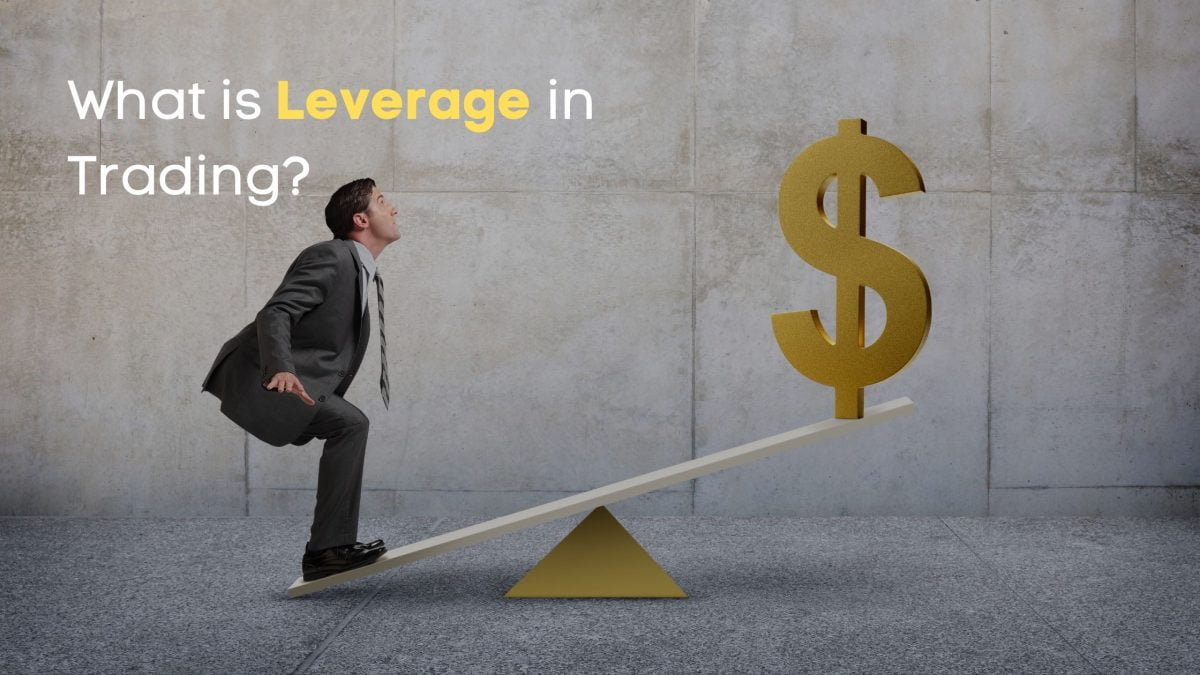When taken literally, leverage in trading means gaining an advantage in an endeavor through assistance. Using as a verb, leverage means to gain an advantage with the help of a tool such as a lever. A lever allows you to move a heavy object that you couldn’t lift with your own strength. Leverage allows you to shift weight exponentially by directing pressure.
In the financial world, leverage is used metaphorically. We frequently use leverage in the business world to express a strategic advantage over competitors by leveraging an existing competitive advantage in a market to build more success on that platform. Facebook purchased Instagram and used its social media leverage in both technology infrastructure and platform integration to accelerate its acquisition.
Leverage can be used in a variety of ways in trading and investing.
One of the most common strategies is to use margin (borrowed capital) to leverage existing capital and increase profits on winning trades. If a trader doubles their account’s purchasing power and takes twice as large a position as they could with their capital alone, their returns will be double. An all-in trade that produced a 5% return on total capital would have produced a 10% return with double the size using leverage through margin.
Margin can be a good tool for leverage when it comes to quickly turning over capital for different trading positions and not having to wait for the trade to clear to reset the buying power of capital. It can also be very dangerous when trading too big and risking ruin. We should use Margin with responsibly and within appropriate risk management parameters.
Trading futures contracts is another way to use leverage. Futures exchanges have initial margin requirements that can be as low as 5% or 10% of the trading contract price.
Example of Crude Oil Contract
A crude oil futures contract could have a $100,000 price quote, and a futures trader could open a long position with only a $5,000 deposit in a futures margin account. This example demonstrates how 5% can provide you with the leverage to hold $100,000 in contract value.
Be aware that if the price of an oil contract falls by $5,000, your entire account will be empty. If the price falls by more than $5,000, you will receive a margin call and will owe money. Suppose, If the contract increases in value by $5,000. You will have doubled your account value and a 100 percent return on capital. This excessive leverage creates a very high risk of financial ruin.
The margin capital for the futures market fluctuates depending on the risk of current price volatility in each market.
Long option contracts are another type of leverage available to traders. While the price of the option represents your maximum capital at risk of loss, the leverage of the upside profits is available. We can use Options to increase the leverage of your available capital while also limiting your risk to the downside. You can control a large number of shares of a stock for a small percentage of your trading capital. Options have the potential for big wins and small losses built in.
When you buy an option, you can know the total amount of capital that you can lose. The price of the option contract is your maximum risk exposure when you buy an option. With options, you can control a large number of shares with a small amount of capital. While receiving the full upside is based on the Delta of your options. The risk of an option is that the price moves against your strike price. Other risk is when the time runs out of option before expiration.
Leveraged exchange traded funds are one of the most straightforward sources of leverage for stock traders. Leveraged ETFs track indexes or sectors but move twice or three times the magnitude of the underlie. These exchange-traded funds (ETFs) can be long or short (inverse) in the markets they track. They are commonly 2X and 3X ETFs.
Leverage is a tool for generating alpha. It also helps in increasing the magnitude of your winning trades above the amount of available capital.
When employing leverage, you must always consider your risk of ruin in terms of position sizing, stop loss, and win rate parameters.
Also Read
9 Ways to Lose Money During a Bull Market
Top 10 Rich Dad Poor Dad Lessons https://t.co/lRO8jF5j5E via @ProlificTraders #StockMarket $AAPL $MSFT $GOOGL $AMZN $FB $AMC $BABA $TSLA $NDVA $JPM $JNJ $WMT $UNH $MA $HD $TSLA $WFC $VZ $NFLX $BAC $AA $TTM $DIS $INTC $F $A $S $PLUG $ME $FUTU $EDU $FCX $T $PFE $WMT $XOM $GOOG
— The Prolific trader (@ProlificTraders) October 29, 2021


